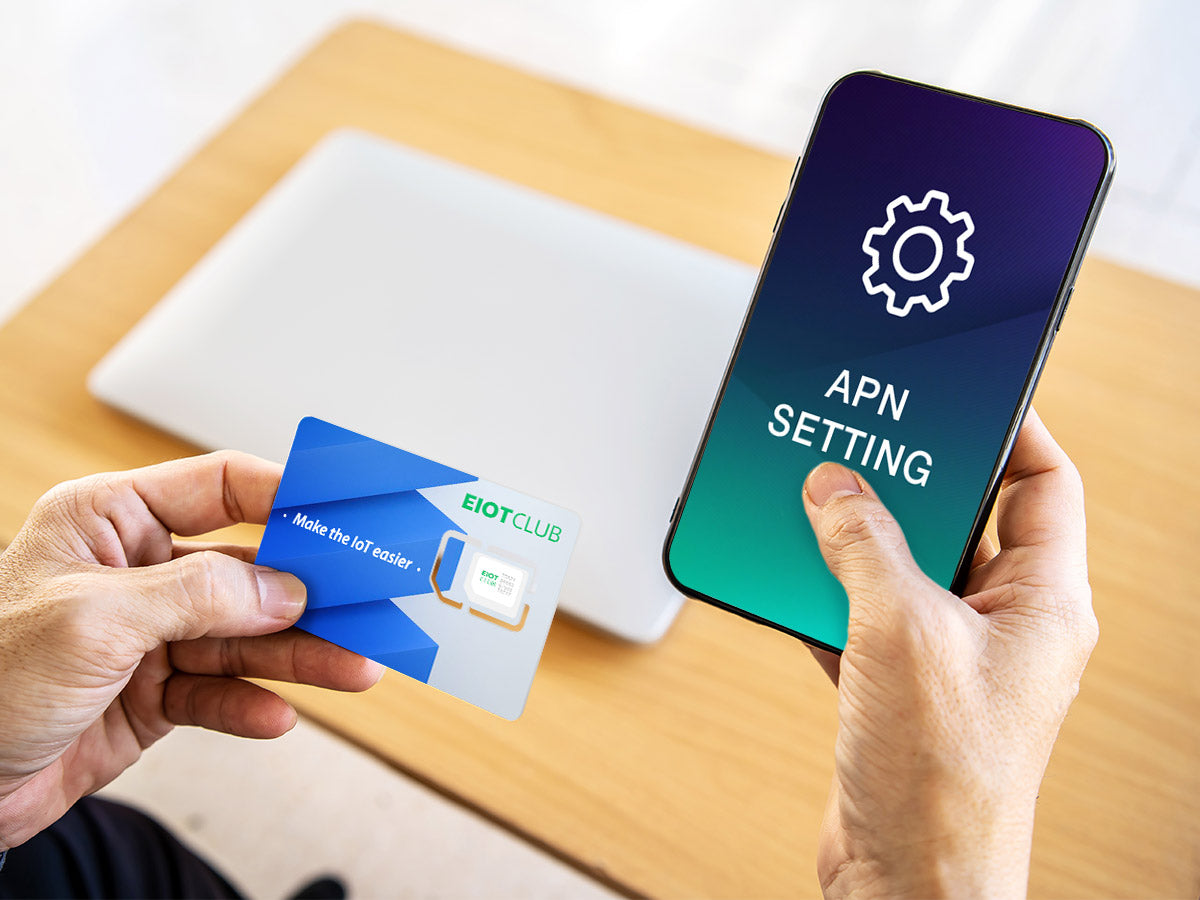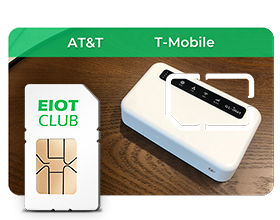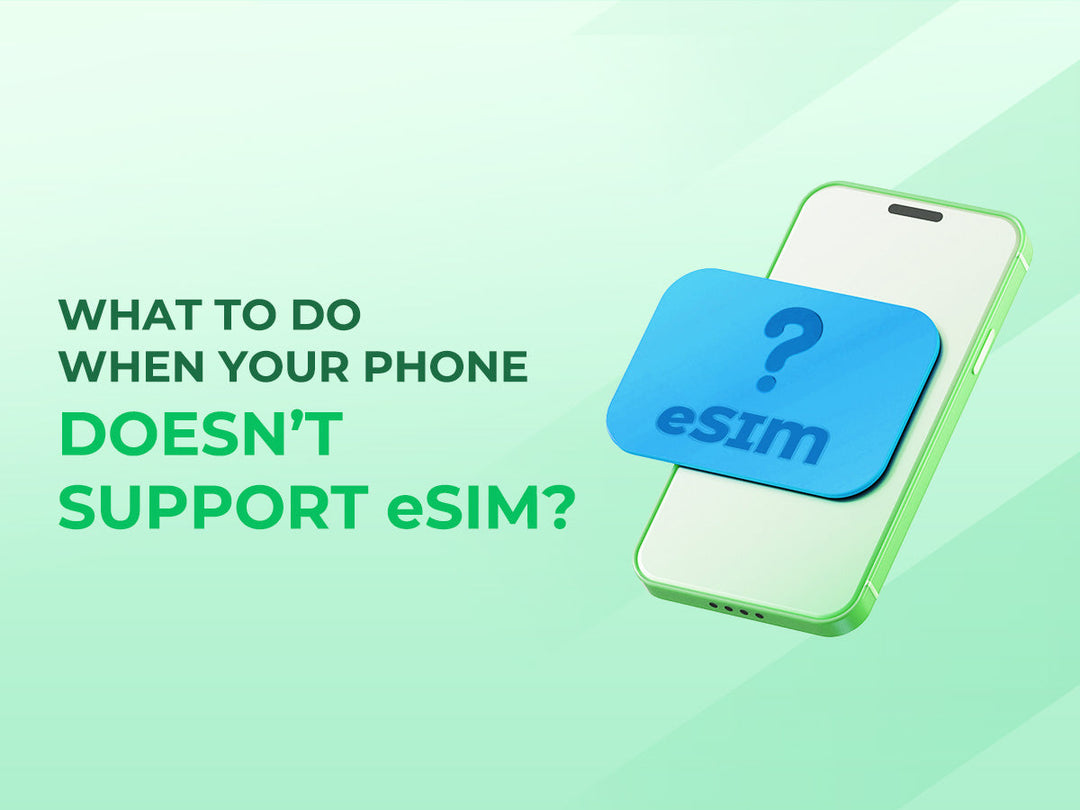Empower Your Network: Understanding and Tweaking APN Settings for Your Prepaid SIM Card

Navigation
- Exploring the Impact of APN Settings on Prepaid SIM Card Performance
- Step-by-Step Guide to Configuring APN Settings
- Troubleshooting Common APN Issues
- Advanced APN Configuration for Enhanced Connectivity
Access Point Name (APN) settings are a key, yet often overlooked, component that impacts the functionality of any prepaid SIM card. APNs act as the gateway between your mobile device and the carrier network, defining how data traffic should be routed. Properly configuring your APN settings enables you to optimize your connectivity speed, access all available features, and troubleshoot issues. For prepaid SIM card users, in particular, dialing in the APN settings is vital to maximizing the benefits within the limits of the mobile plan.
Exploring the Impact of APN Settings on Prepaid SIM Card Performance
Speed and network optimization
APN configurations directly affect the connection speeds and connectivity reliability that prepaid SIM card users experience. Identifying and selecting the proper APN settings customized to one's device and carrier plan is crucial for enjoying faster data speeds and consistent access, compared to sluggish or intermittent connections from incorrect settings. As telecommunication carriers upgrade their network systems with new technologies like 5G, they expand coverage and improve bandwidth capabilities over time. By inputting up-to-date carrier APN settings instead of default or outdated configurations, prepaid subscribers can fully take advantage of these network advancements impacting Internet surfing, streaming, and downloading speeds.
Accessing specific features
Beyond foundational data and Internet functionality, access to more advanced integrated mobile features can also be tied to APN settings. For example, functionality like tethering other devices to a smartphone for Internet access or syncing wearable smartwatches and fitness trackers to utilize the phone's connectivity relies extensively on activating the appropriate APN profile designated for those purposes by the carrier. Without the right settings enabled, users may encounter restrictions blocking full access to tethering and smart gadget connectivity options that are already bundled in their service plans. Correctly configuring these expanded APN profiles unleashes the entirety of the network capabilities at one's fingertips.
Step-by-Step Guide to Configuring APN Settings
Accessing APN settings on various devices
APN configuration profiles are set up directly within the network and Internet/cellular connectivity menus of mobile operating systems. On Android smartphones, users typically access the APN management screen by navigating to "Settings > Network & Internet > Mobile Network". As for Apple iPhone models, the path is indeed "Settings > Cellular > Cellular Data Network" which houses the critical profiles. Similarly, Windows mobile devices have an APN settings area within "Settings > Mobile Network" for those using this operating system. Your description is consistent with the standard procedures for accessing APN settings on these platforms.
Customizing settings for optimal performance
When modifying or adding APN profiles, key parameters to customize include APN type designation (e.g., default, MMS, tethering), APN roaming protocol, APN bearer selection, and more. Refer to your prepaid carrier's latest documentation on appropriate APN specifications to input for achieving optimum connectivity suited to your subscribed data plan. In most cases, subscribers can manually enter customized APN profiles for each use case or select and update from default profile options already populated based on the SIM card. Consulting carrier tech support can clarify the ideal specifications tailored to your device capabilities and plan to yield the best experience.
Troubleshooting Common APN Issues
Addressing connectivity problems
Faulty or misconfigured APN settings routinely manifest as an outright inability to access any data services or even connect to the mobile network altogether. As a first step in resolving such connection failures, prepaid subscribers should double check the accuracy of all manually set APN parameters against their carrier's latest settings recommendations and technical documentation. Restoring back to the default carrier APN profile pre-loaded on the SIM card could also rectify connectivity difficulties in cases where customized misconfigurations are the culprit. If network attachment issues persist suddenly without any preceding APN modifications on the user side, checking for wider carrier outages in the subscribed coverage area before further mobile troubleshooting is worthwhile.
Resolving speed and access-related issues
More subtle yet still detrimental APN misconfigurations could present themselves as severely slow data speeds or the inability to access specific mobile apps and service categories. For example, video streaming apps buffering excessively, website loading timeouts, or error messages when launching messaging/calling programs to point to suboptimal APN settings limiting network throughput available. Likewise, running into restrictions when attempting to enable Wi-Fi hotspot tethering capabilities or send multi-media messages using the carrier's network indicates the requisite enhanced APN profile is missing or incorrectly set. Examining the currently active APN profile and confirming correct alignment to the carrier's requirements for accessing premium features inclusive in one's monthly prepaid plan is necessary in these cases before pursuing other troubleshooting avenues.
Advanced APN Configuration for Enhanced Connectivity
Beyond enabling everyday prepaid data access, adjusting APN parameters can actually unlock additional functionalities aligned to users' unique requirements. For example, creating dedicated tethering or IoT (Internet of Things) APN profiles allows consumers to wirelessly connect other devices like laptops and tablets or even smart home appliances to their smartphone's mobile connectivity. For frequent international travelers, configuring region-specific APN settings tailored to foreign country telecom carriers enables economical and consistent roaming access abroad across multiple prepaid SIM cards. Optimizing APN configurations thus grants prepaid subscribers administrator-level control to customize mobile experiences closer to premium postpaid account capabilities without changing plans.
Conclusion
Optimizing connectivity by configuring APN settings is too often ignored by prepaid SIM card holders but plays an outsized role in experiencing the full speed, reliability, and features promised by carriers. As network technologies progress, properly tuned APN settings will ensure customers continue reaping maximum value. Consult carrier support resources for the latest APN tools and tutorials specific to your service plan.
Read More
- Shop SIM Cards by Device Type: Find the Perfect Fit for Your Device– Eiotclub
- Unleash the Power of SIM Cards: Elevate Your Security Camera's Perform– Eiotclub
- 2023 CPSE | EIOTCLUB Showcases Cost-Effective SIM Card at CPSE,enablin– Eiotclub
- How to Activate Your EIOTCLUB SIM Card– Eiotclub
- The Essential Guide to Finding the Best SIM Card for Your Reolink Came– Eiotclub























 eSIM
eSIM
 Refill
Refill


